Regulatory Frameworks
The establishment of supportive regulatory frameworks is a vital driver for the water desalination market. In the US, various state and federal policies are being implemented to encourage the development of desalination projects. These regulations often include financial incentives, streamlined permitting processes, and environmental assessments that facilitate the construction of desalination facilities. For example, California has enacted policies that promote the use of desalination as a strategy to combat water shortages, leading to increased funding for research and development. The water desalination market is likely to benefit from these regulatory measures, as they create a more favorable environment for investment and innovation. As regulations evolve, they may further enhance the market's growth potential, making desalination a more attractive option for water supply.
Climate Change Impacts
The impacts of climate change are increasingly influencing the water desalination market. As weather patterns become more unpredictable, regions across the US are experiencing altered precipitation levels and prolonged droughts. These changes are leading to a heightened awareness of the need for alternative water sources, such as desalination. Coastal areas, in particular, are recognizing the potential of seawater as a sustainable resource. The water desalination market is expected to grow as communities adapt to these climate challenges, with investments in desalination technologies becoming more prevalent. Furthermore, the integration of renewable energy sources into desalination processes may enhance sustainability, making it a more attractive option for addressing water scarcity. As climate change continues to pose threats to water availability, the market is likely to see increased interest and investment.
Increasing Water Scarcity
The escalating issue of water scarcity in the US is a primary driver for the water desalination market. As populations grow and climate change exacerbates drought conditions, traditional freshwater sources are becoming increasingly strained. Reports indicate that by 2025, nearly 40% of the US population may face water shortages, prompting a shift towards alternative sources. Desalination offers a viable solution, converting seawater into potable water. This trend is particularly evident in coastal regions, where the proximity to seawater makes desalination a practical option. The water desalination market is projected to grow significantly as municipalities and industries seek to secure reliable water supplies, with investments expected to reach $15 billion by 2030. Thus, the urgency of addressing water scarcity is likely to propel advancements and investments in desalination technologies.
Technological Innovations
Technological advancements play a crucial role in shaping the water desalination market. Innovations in membrane technology, energy recovery systems, and automation are enhancing the efficiency and cost-effectiveness of desalination processes. For instance, the introduction of reverse osmosis membranes has significantly reduced energy consumption, making desalination more economically viable. The market is witnessing a shift towards more sustainable practices, with energy-efficient systems potentially lowering operational costs by up to 30%. Furthermore, advancements in solar desalination techniques are emerging, which could provide a renewable energy source for desalination plants. As these technologies continue to evolve, they are expected to drive the growth of the water desalination market, attracting investments and fostering competition among industry players.
Rising Demand for Clean Water
The growing demand for clean and safe drinking water is a significant driver for the water desalination market. As public awareness of water quality issues increases, consumers and industries alike are seeking reliable sources of potable water. This trend is particularly pronounced in urban areas, where population density places additional stress on existing water supplies. The water desalination market is responding to this demand by providing advanced treatment solutions that ensure water safety and quality. According to estimates, the demand for desalinated water in the US could increase by 25% over the next decade, driven by both residential and industrial needs. Consequently, the market is likely to expand as stakeholders recognize the importance of investing in desalination technologies to meet the rising demand for clean water.



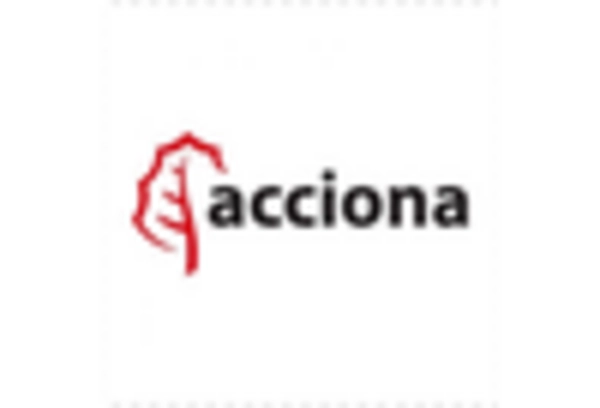

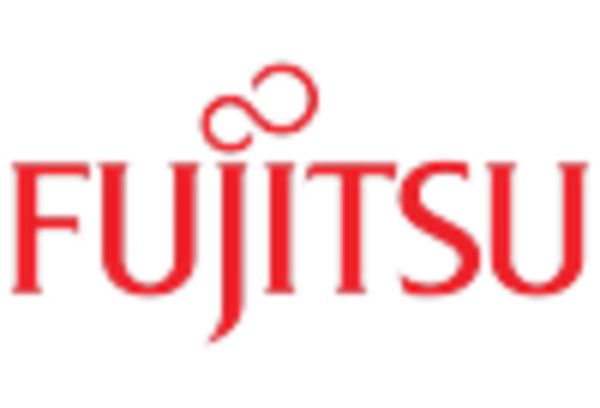
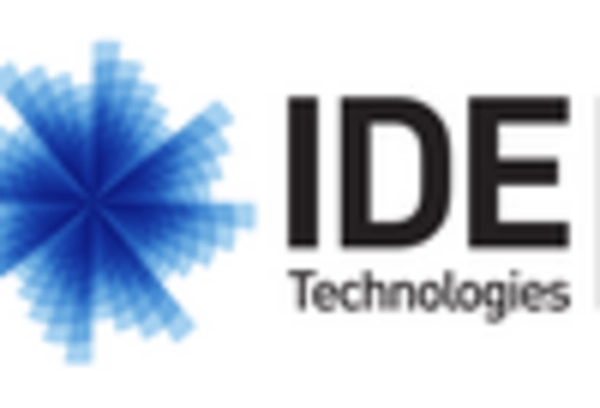
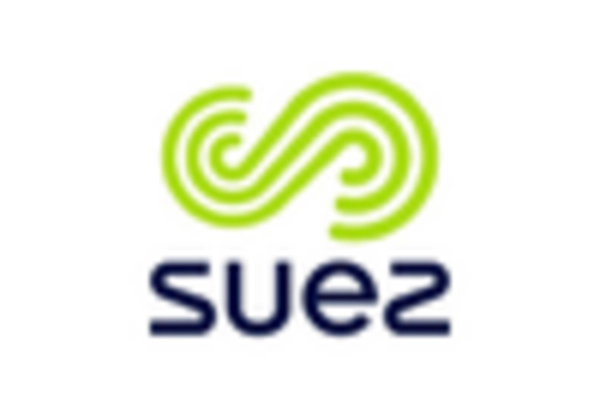
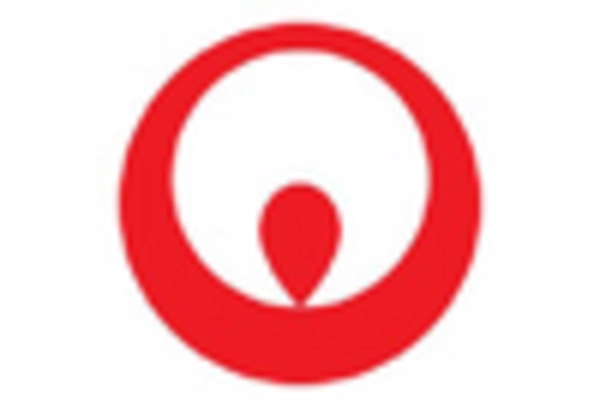








Leave a Comment